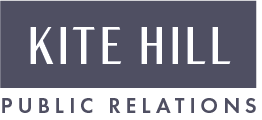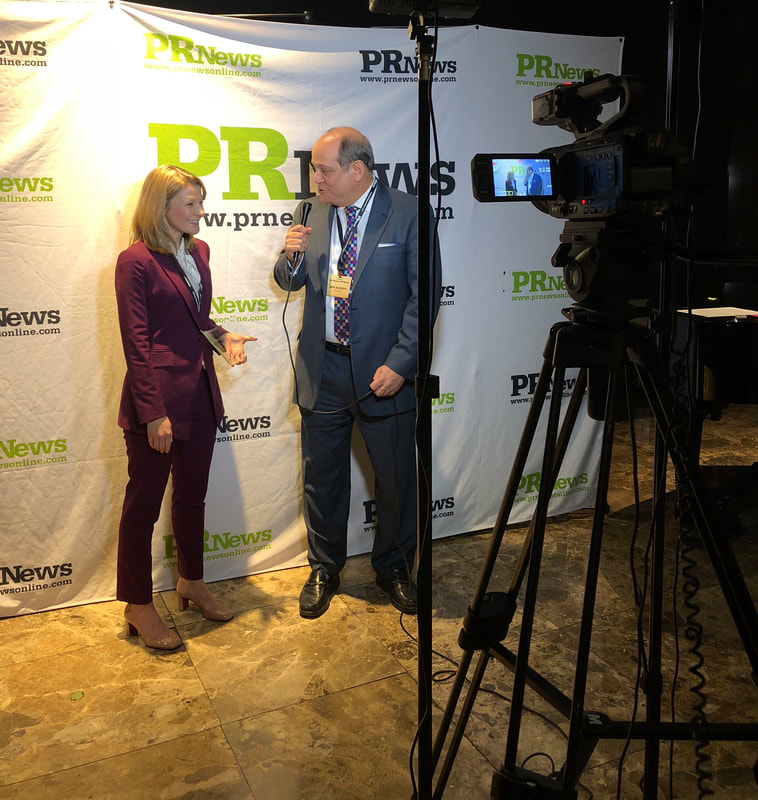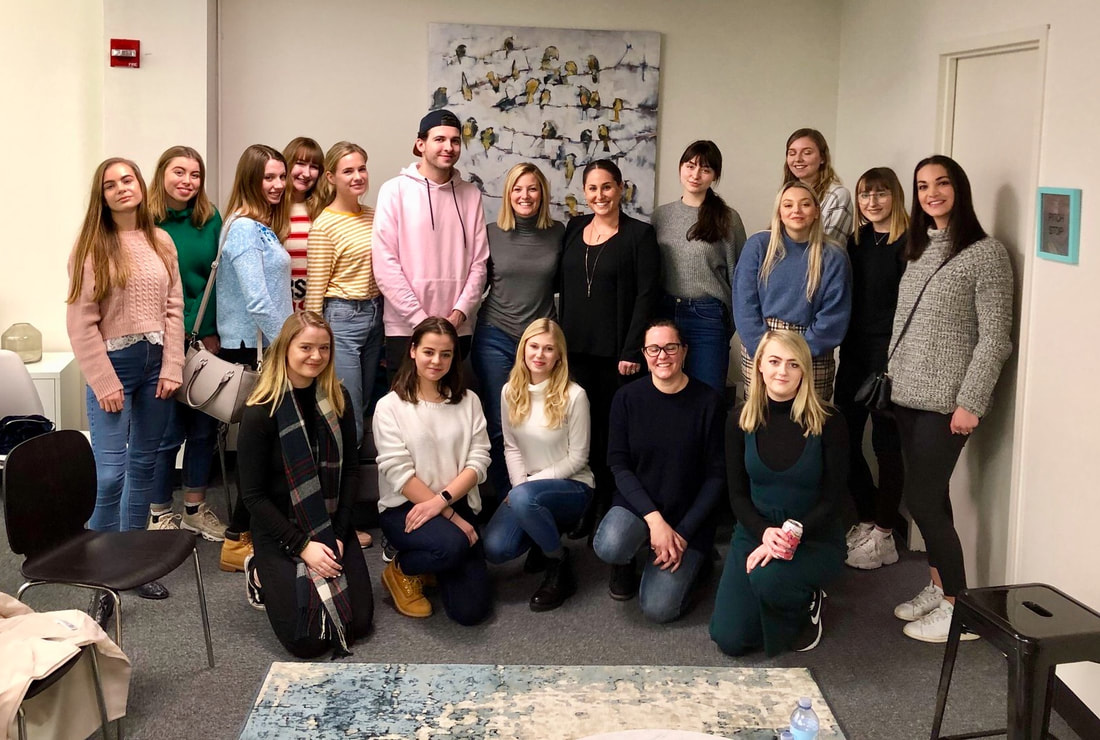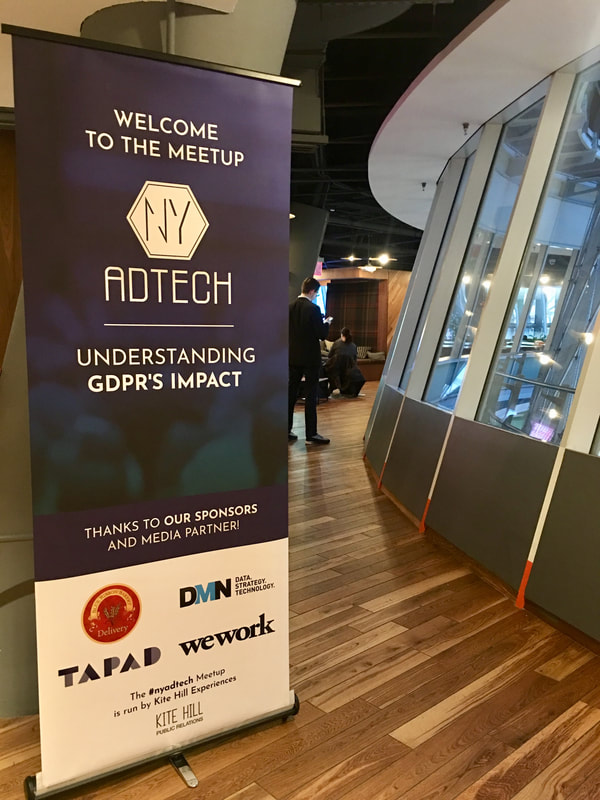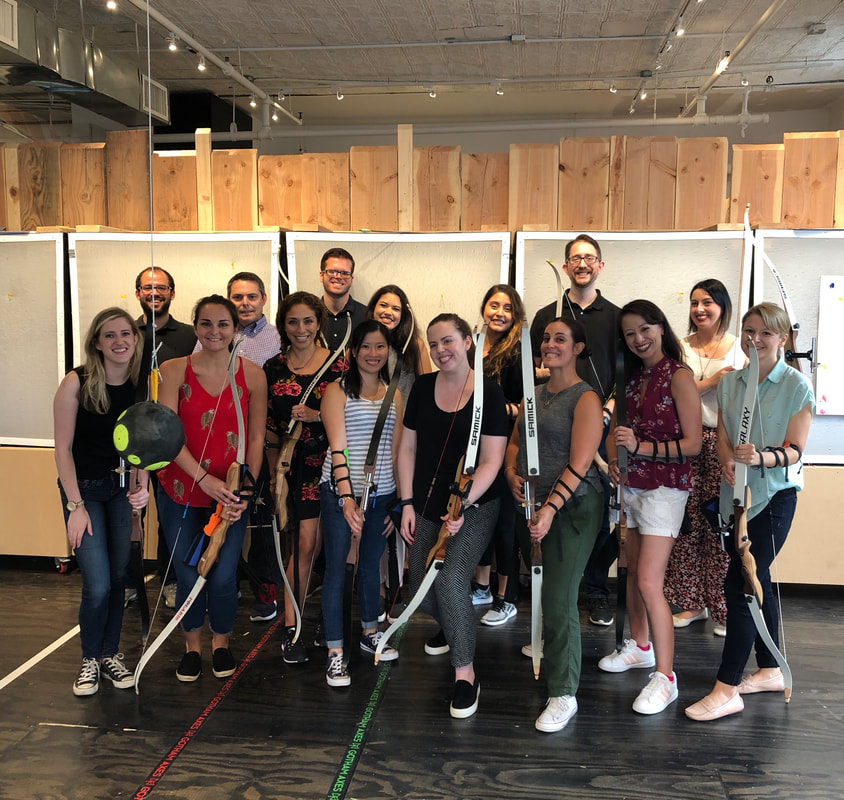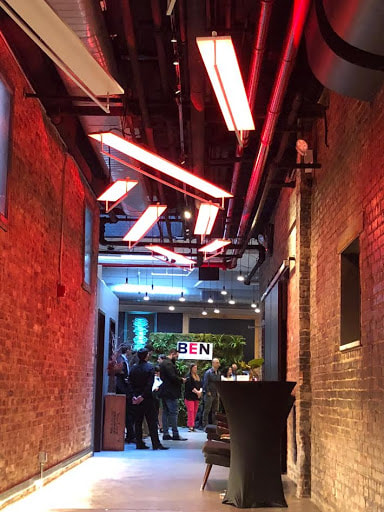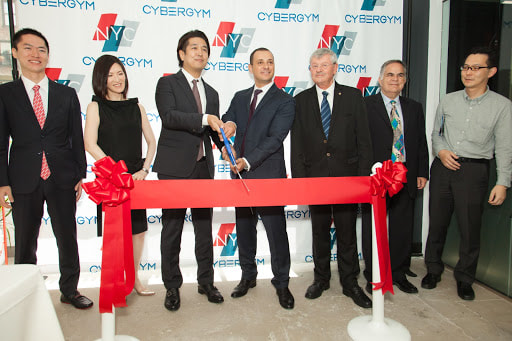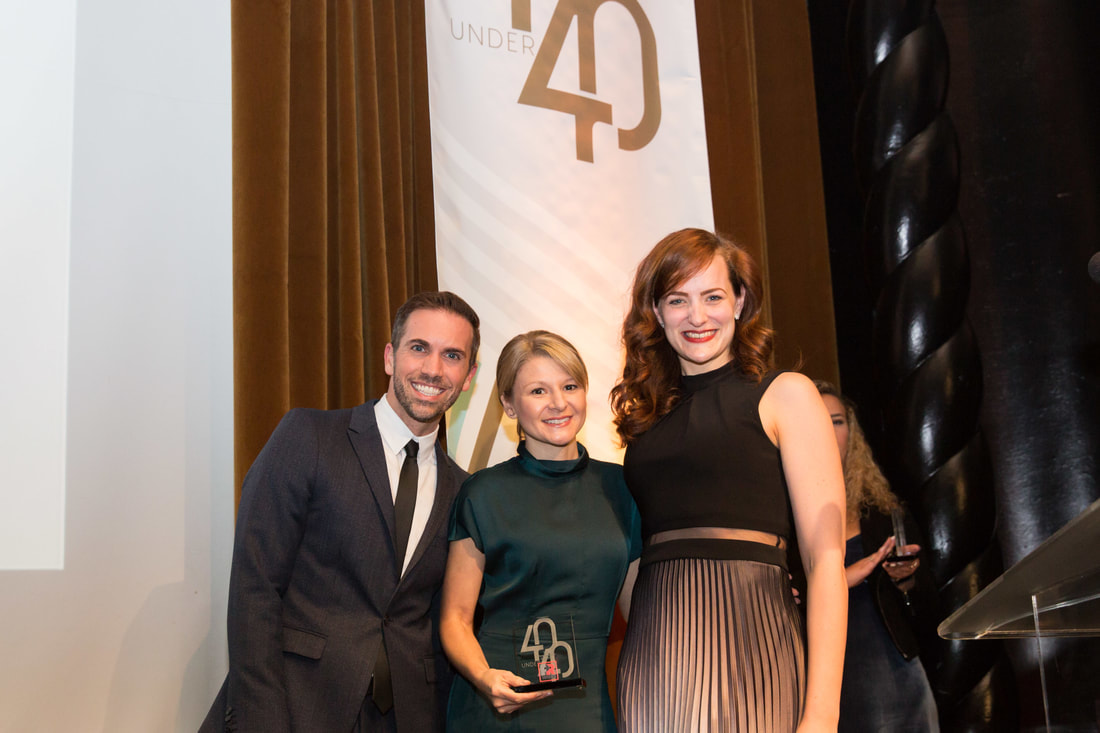Three days of a cybersecurity conference... the yawns from some of the creatives in our industry may be a little too audible, but I've been attending since 2007 and this year was one of the best yet. As an exhibitor, you're pumped with adrenaline, ready to wow one of the biggest IT crowds ever to fit into a convention center, and as a visitor, the excitement to see what the biggest security minds on the globe have on display in IP or in product form is palpable. This year, the hype around AI had diminished into reasoned exhibits, and the micro metropolis buzzed with informative talks and intelligent chatter.
At my first Infosecurity (just over ten years after its inaugural event) media interest around the show, vendor announcements, and the drinks receptions were beginning to reach fever pitch. A vendor with a good story to tell would be able to court at least five interested journalists, throw in some good relationships and this could double. Not only was Infosecurity a marketer's lead generation dream, but the coverage garnered during the event was unexpectedly voluminous.
Fast-forward to this week and we're seeing a very different picture. Whether it's the macro-economic climate, or simply event fatigue, the number of journalists that we heard were not making the journey to London for the three-day conference was surprising. With over 300 vendors showcasing the latest technology, we presumed there would be many stories to be told and news to be broken, but many of our media contacts either didn't attend or were only interested in speaking to some of the keynote speakers.
So as we roll on through the summer, and make recommendations to our clients about which industry shows to attend, we'll continue to monitor trends around media attendance and the value of PR at these conferences. Based on the agency's long-standing work in the PR and cybersecurity worlds, we'd recommend that clients consider the following when investing in conferences and such as Infosecurity:
If you're looking to drive media traffic, have a strong reason for engagement. Run-of-the-mill corporate announcements may not be enough to wow the media.
Ensure booth investment is not just about sales and lead gen. Get the marketing and PR teams involved early on to exploit media and third-party opportunities.
Make sure your PR team has a copy of all sales and marketing materials to see if you can take multiple bites out of the apple.
- Yogi Patel, UK Account Director
